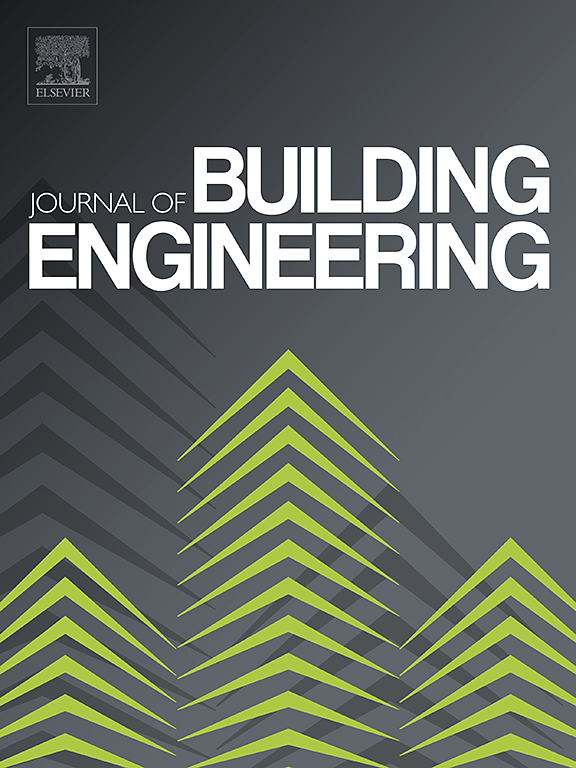Harnessing biochar for green construction: A review of its applications in cement and concrete
IF 6.7
2区 工程技术
Q1 CONSTRUCTION & BUILDING TECHNOLOGY
引用次数: 0
Abstract
The growing demand for concrete, driven by population and infrastructure growth, contributes significantly to environmental degradation, as each ton of cement produced releases about one ton of carbon dioxide. Sustainable solutions are crucial, and biochar, derived from carbon-rich biomass through pyrolysis, offers a promising approach. Its carbon sequestration potential helps reduce emissions while improving concrete's mechanical properties and durability. This review explores the use of Agro and Non-Agro biochar in cement-concrete composites, focusing on their effects on physical, mechanical, and durability properties, as well as CO2 emissions. It also highlights optimal biochar percentages for sustainable concrete practices. The addition of biochar to mortar and concrete significantly influences hydration and rheological properties, enhancing strength development and resistance to plastic shrinkage cracking. Biochar improves mechanical strengths at lower dosages, increasing the overall density and cohesion of the mixture, which leads to enhanced compressive and flexural strength. However, excessive biochar amounts may negatively impact the mechanical properties of concrete. It is evident from the previous studies that the optimal biochar dosage as a binder replacement ranges from 2 % to 5 % for both Agro and Non-Agro biochar, while for fine aggregates, the recommended replacement is 10 %–15 %. Additionally, incorporating 2–3 % biochar in conventional cement or cement with supplementary cementitious materials reduce the CO2 emissions by 15–30 % compared to samples without biochar. This paper also highlights, that the minimum biochar content for conventional mixes is 0.5 %–1 % by weight of the binder, true for both Agro-based and Nano Agro-based biochar. The maximum biochar content is identified as 10 % by weight of the binder. Thus, addition of biochar in cement products led to a sustainable solution with enhanced performance at optimum dosages.
求助全文
约1分钟内获得全文
求助全文
来源期刊

Journal of building engineering
Engineering-Civil and Structural Engineering
CiteScore
10.00
自引率
12.50%
发文量
1901
审稿时长
35 days
期刊介绍:
The Journal of Building Engineering is an interdisciplinary journal that covers all aspects of science and technology concerned with the whole life cycle of the built environment; from the design phase through to construction, operation, performance, maintenance and its deterioration.
 求助内容:
求助内容: 应助结果提醒方式:
应助结果提醒方式:


